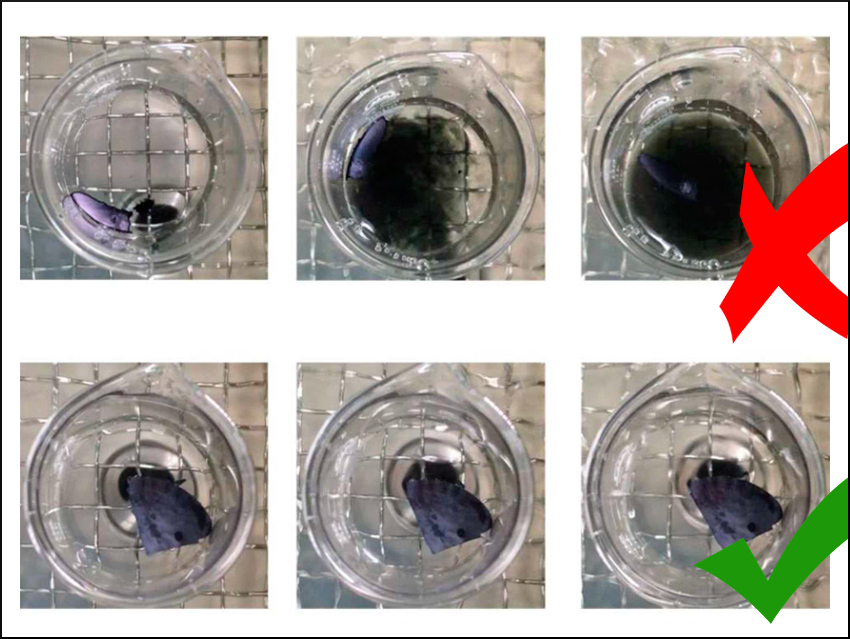MXenes are a class of metallically conductive 2D materials. They are prepared via selectively etching group A element layers from an MAX phase, where M is a transition metal, A is Al, Si, etc., and X is carbon and/or nitrogen. The etching process results in the formation of −OH, −O, or −F functional groups on the surface of MXenes. This improves the processing and performance of MXenes, e.g., for energy storage, water purification, or separation applications.
Although these hydrophilic groups bring benefits, they also cause a problem: degradation in moist environments. When MXene flakes are exposed to water with dissolved oxygen, the flake edges become corroded. Hydrophobic coatings could solve this problem, but existing approaches for this affect the structural integrity of the films.
Dongyu Cai and colleagues, Nanjing Tech University, China, have developed a reaction between octadecyl isothiocyanate and MXenes at room temperature to create a hydrophobic surface and overcome this issue. The team synthesized an MXene from Ti3AlC2 by etching it with hydrogen chloride and lithium fluoride. They created a film from the material and then sprayed the film with an octadecyl isocyanate solution (process pictured below). The treated film is much more stable in water than an untreated control sample (pictured above), without affecting the material’s useful properties. This work provides a simple route for creating hydrophobic MXene films with strong resistance to degradation in a moist environment.

- Fast Treatment of MXene Films with Isocyanate to Give Enhanced Stability,
Renji Bian, Shanglin Xiang, Dongyu Cai,
ChemNanoMat 2019, 6, 64–67.
https://doi.org/10.1002/cnma.201900602




